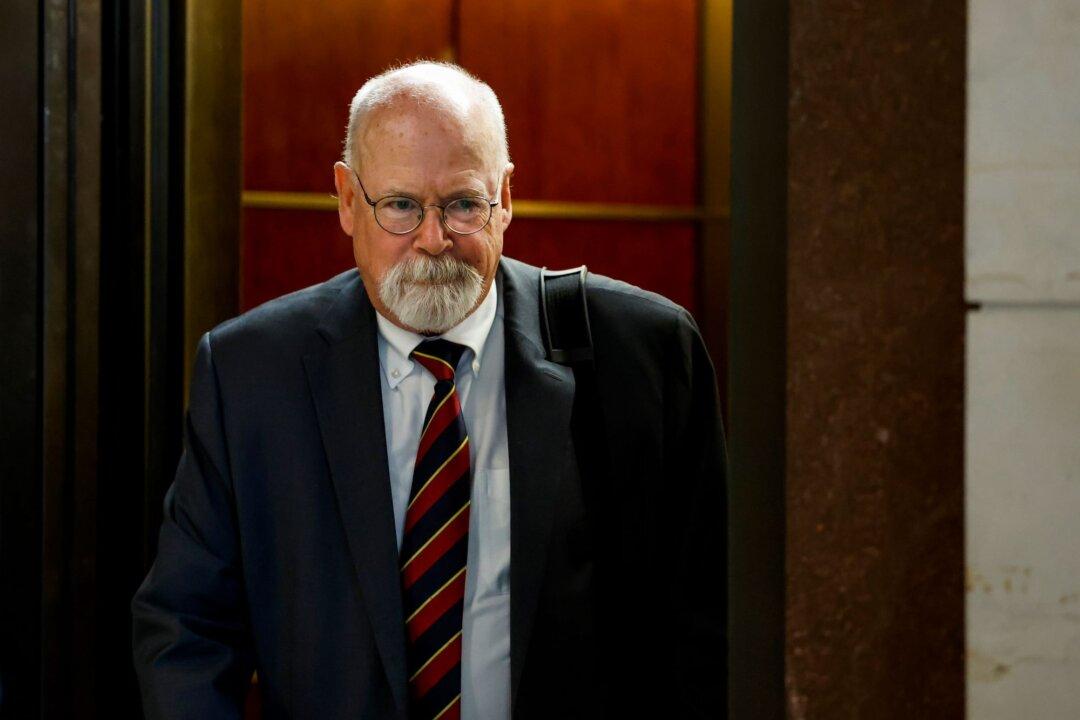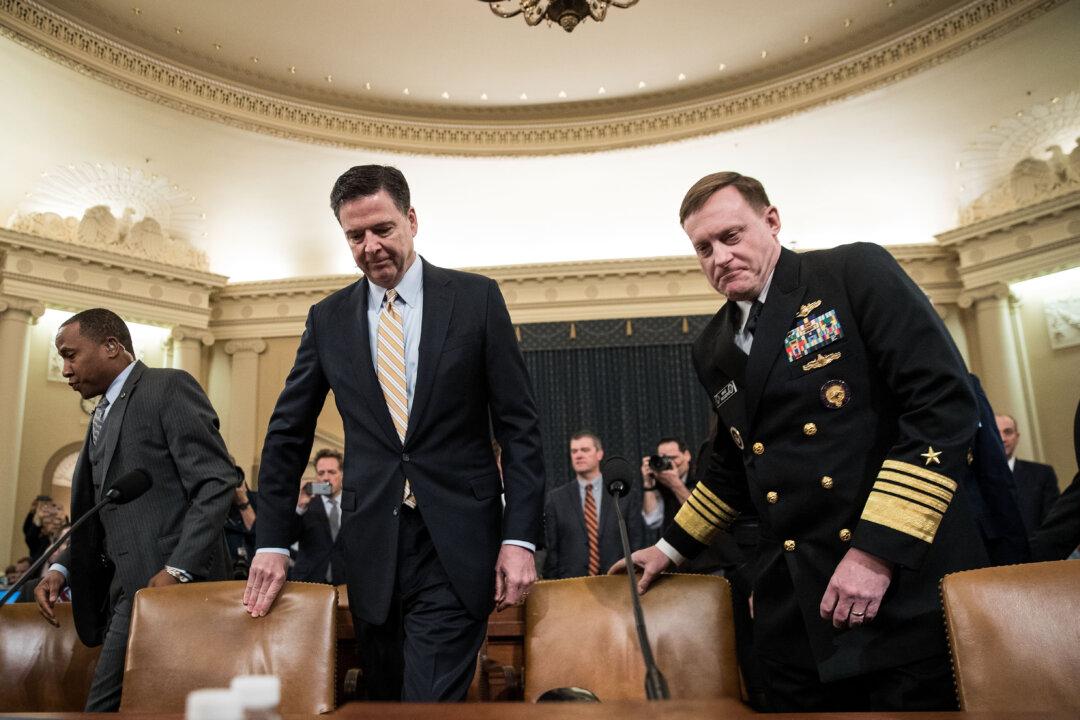When Justice Clarence Thomas took his seat on the Supreme Court in 1991, he had just barely survived a series of bitter Senate hearings on allegations of sexual harassment that divided the country.
But he said he was quickly welcomed by his eight fellow justices.




